If we just had the MAX 9 to worry about, maybe things would be feeling somewhat better. But that isn’t the case. First, two potential disasters were just narrowly averted, which raised concerns over greater airline safety and operational problems. And that Alaska Airlines flight from Portland to California was just too close to home for Hawaii visitors and residents as you’ll see below.
Why Hawaii Flights Continue to Trigger Concerns.
These airline incidents underscore the need for more scrutiny of aviation safety protocols, aircraft manufacturing processes, and regulatory oversight. The industry will next need to address lingering issues to allay fears and ensure ongoing safety.
Our radar is attuned to Hawaii flight airline and aircraft issues.
The geographical isolation of the islands makes emergency landings or diversion options challenging, thus adding to the potential critical importance of in-flight safety. Long overwater routes exist in other places, but every Hawaii flight must navigate that fact with strict adherence to safety protocols and preparedness for emergencies of all types, from mechanical and medical to passenger behavior and more.
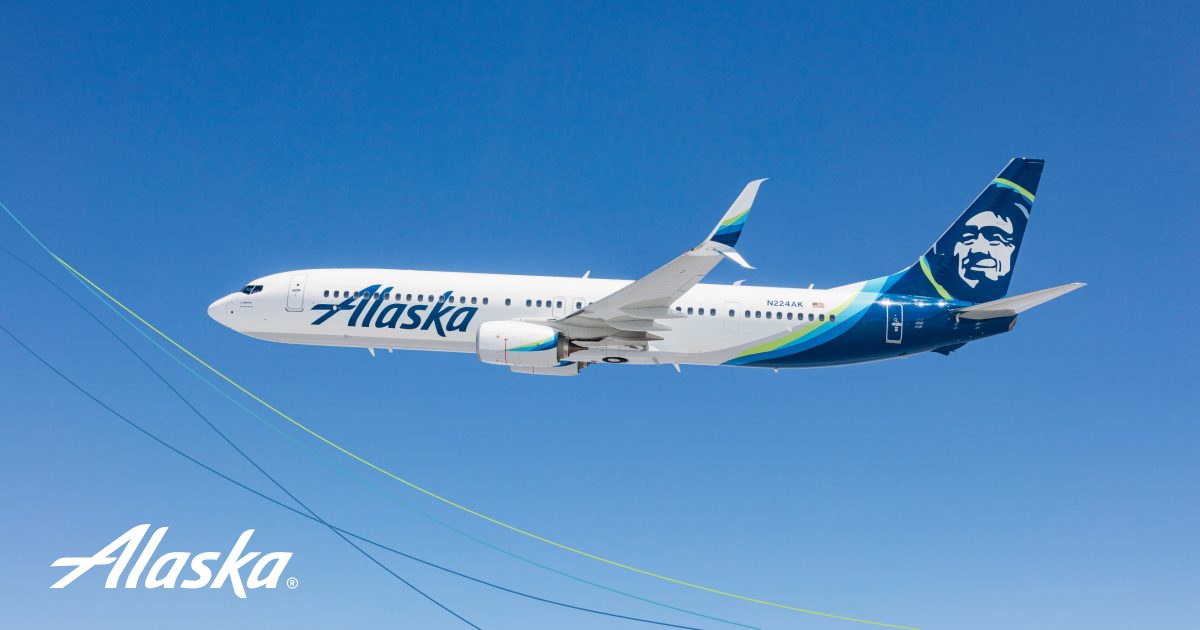

Blowout plane flew many Hawaii flights prior to the incident.
That one aircraft had been plying the Hawaii skies just weeks before it happened. The rapid emergency landing that occurred wouldn’t have been possible had the plane been mid-way to Hawaii. Gratefully, everyone escaped unharmed. That notwithstanding, there are installation issues in the MAX 9 door plugs, including loose bolts, confirmed by both United and Alaska, who fly these to and from Hawaii regularly.
See: New Plane Flew 22 Hawaii Flights Prior To Mid-Air Blowout.


The second incident that BOH commenters have fixated on just took place on Japan Airlines when their A350 collided with a small aircraft on the runway at Tokyo. Concerns mentioned were about the fiery aftermath of the collision, although nearly 400 passengers and crew evacuated. Some believe there’s added fire dangers in carbon fiber planes, like the A350 and the (upcoming Hawaiian Airlines) 787 Dreamliner. Aviation experts await information of what is the first actual case study of a carbon fiber plane crash.
Using carbon fiber increases efficiency by reducing an airplane’s weight by up to 20%, compared with aluminum. Kudos to Japan Airlines and their crew for a safe evacuation. Sadly, five passengers on the smaller plane perished.


Alaska incident rekindles years-long passenger concerns about 737 MAX.
Introduced in 2017, MAX planes were grounded from March 2019 to November 2020 following the two fatal crashes. Those exposed the planes’ flight control system issues and raised greater concerns about Boeing’s safety culture over the past quarter century. The latest Alaska incident served to reignite prior concerns.
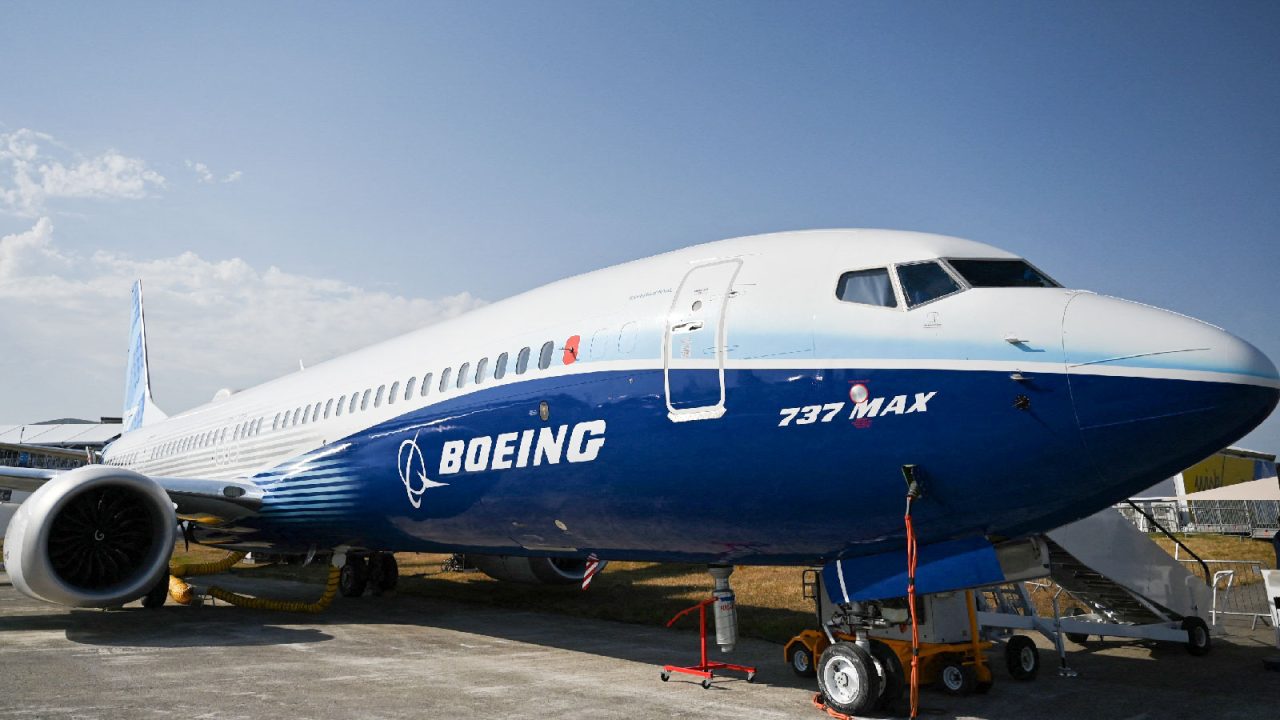

Boeing’s quality control is causing elevated alarm among Hawaii passengers.
The loose bolts and other issues Alaska and United inspections found pointed to poor workmanship and oversight.
The same door plug found on other Hawaii flights was never a problem.
The emergency door plug has been present on the Next Gen Boeing 737-900ER that has been flying to and from Hawaii for years. Commenters said it is virtually identical to the one that blew out and has never had a problem in thousands of flights. Does that point to the likelihood that there are larger problems lurking?
Hawaiian Airlines’ new Dreamliners aren’t unscathed either.
Last year, new defects were found on Boeing 787 Dreamliner planes, the type that Hawaiian is just beginning to take delivery of. That further delayed deliveries of the popular wide-body and represented one of the manufacturer’s latest production issues, even before this MAX 9 incident.
Boeing said, “We are inspecting 787s in our inventory for a nonconforming condition related to a fitting on the horizontal stabilizer. Airplanes found to have a nonconforming condition will be reworked prior to ticket and delivery.”
According to Boeing, the problem was “not related to flight safety and that planes in service can continue operating. Near-term deliveries will be delayed by about two weeks, according to Boeing. But now, with additional scrutiny over Boeing, some safety decisions may be removed from them and delegated to regulators.
Boeing paused deliveries of the Dreamliner planes multiple times due to issues, including one related to its fuselage. Another problem was related to lithium-ion batteries. That caused the planes to be grounded when they first came out. But more recent problems (since 2019) caused production slowdowns, and for another 18 months, the plane deliveries all but stopped entirely. The cost of the program has been some $32 billion to date, and in spite of 1,100 hundred planes flying and nearly 1,000 on order, break-even has not yet been achieved.
Dreamliners are also flown to and from Hawaii by both American and United Airlines. The global Dreamliner fleet has suffered no fatalities and no hull losses.
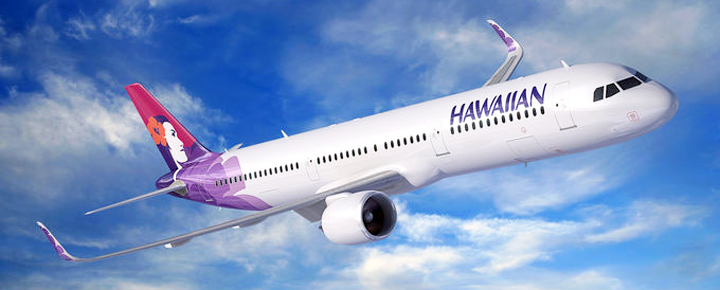

And Hawaiian Airlines A321 fleet remains dogged by engine problems.
In developments since September, Pratt & Whitney engine issues on the entire Hawaiian Airlines A321neo fleet continue. The engine manufacturer revealed that inspections and repairs to the geared turbofan engines may take up to five times longer than expected. Engine manufacturer RTX told airlines that hundreds of their Airbus jets might be grounded simultaneously in the coming years to address the manufacturing flaw.
Hawaiian Airlines previously announced flight reductions for their 5-year-old A321neo fleet due to the engine recall that was caused by a powder metal defect that poses a risk of engine component cracking.


Extensive inspections of A321neo engines include Hawaiian and Delta.
The engines are part of Hawaiian Airlines and Delta Air Lines’ extensive narrow-body A321neo fleets. American Airlines uses different engines on their A321neo, which are not impacted by the problem.
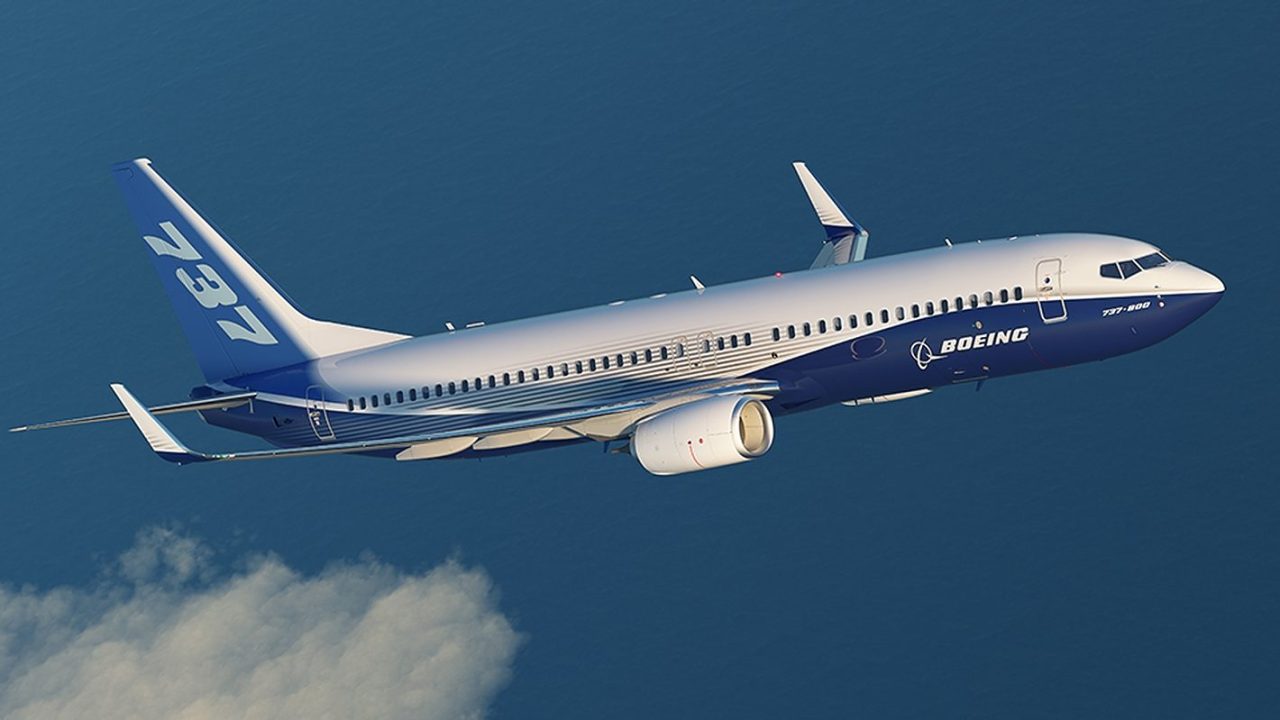

Unrelated windshield cracked on legacy 737-800.
A domestic ANA Japan flight had an emergency diversion on the Boeing 737-800 (NG) after the plane experienced a cracked cockpit windshield during flight last week. That plane, a legacy variant, is widely considered to be among the safest planes flying, and concerns about Boeing’s 737 MAX appear unrelated.
That plane had reached its cruise level at 33,000 feet when pilots observed the crack developing. The crew decided to divert to Sapporo. The 14-year-old plane landed there about an hour after takeoff. The crack was in the outermost layer of the windshield, and ANA said that it did not impact the plane’s pressurization or flight control systems.
But for us, the thoughts then go to what would happen if it had been on a flight mid-Pacific en route to Hawaii instead of being where it could easily return to Sapporo.
One thing appears certain: with all the oversight coming of these planes, they should certainly improve safety.
Get Breaking Hawaii Travel News
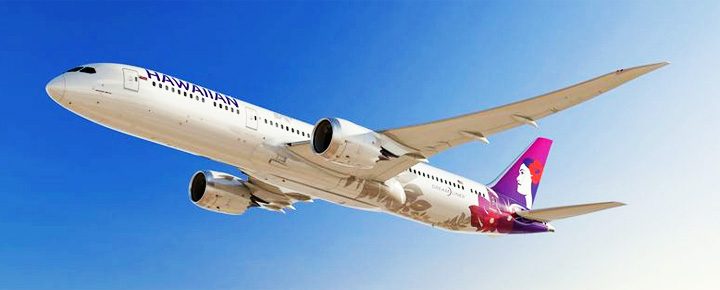

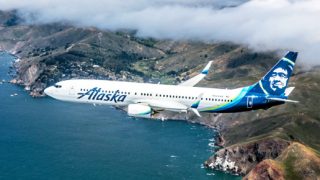
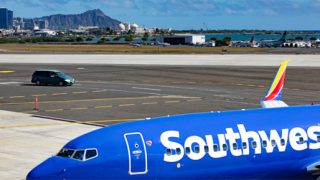
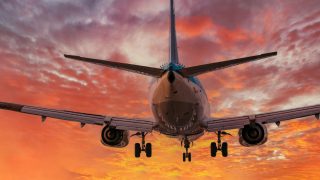
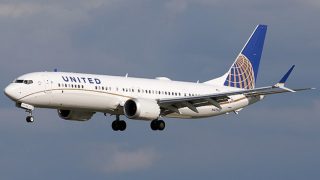

I have flown on Max’s since they came out and this issue will not stop me. Now that there is an issue with a Boeing aircraft, the media condemns all Boeing issues such as the cracked winshield issue, which by the way happens to all aircraft by all manufacturers. Airbus aircraft have their issues too. If you bother to look up all the issues with aircraft world wide every day, and there is a website that shows them, many of you that already have a fear of flying would freak out. Flying is safe and issues shouldn’t be blown up by the media. Don’t believe everything you read.
Exactly what issues do the Airbus have that is a safety of flight issue?
And this ….
(NewsNation) — A former senior manager at Boeing’s 737 factory told “NewsNation Now” that he specifically avoids flying on Max airliners due to safety concerns. “I fly all the time. And even I schedule myself away from a Max,” said Ed Pierson, a former manager at Boeing’s facility in Renton, Washington”
As I have said for a long time now, if you value your safety, you will never fly on any MAX aircraft. Boeing knew it was an unsafe aircraft from the get go, but put profits over safety. Hopefully it will be permanently grounded and make Boeing go back to the drawing board and design a brand new aircraft like they should have done in the first place. If it’s Boeing (especially a MAX), I’m not going
Great article in Weekend Edition of the WSJ (1/13-24-24). ‘Inside Boeing’s Manufacturing Mess’, it covers warnings by a Boeing Engineer going back to 2006 regarding “Out-sourcing of components” and then the sale of the Wichita facility to Spirit Aerosystems who between the Covid chaos in lay-offs of the unvaccinated, they have been challenged to meet deadlines in manufacture. So where’s Transportation Sec Buttigieg?
The FAA and the NTSB have direct authority over the situation.
The Secretary of Transportation has no direct authority.
The race to cut airplane costs and airline fares is a slow moving train wreck headed downhill which relegates safety concerns to a lower priority.
*Sigh* Remember when everything (generally) worked the way it was supposed to?
Best Regards
Aloha,
I was wondering if the safety concerns about various aircraft changes the way you book your personal travel. Are you booking differently?
Mahalo
Hi Carol.
Thanks for asking. We can’t say it does. But at the same time we don’t have a warm and fuzzy feeling about airline safety after what could easily have become a disaster had that blow out been at cruising altitude and say en route to Hawaii.
Aloha.